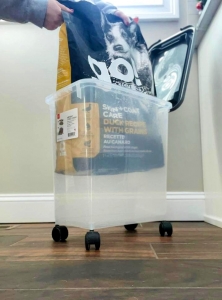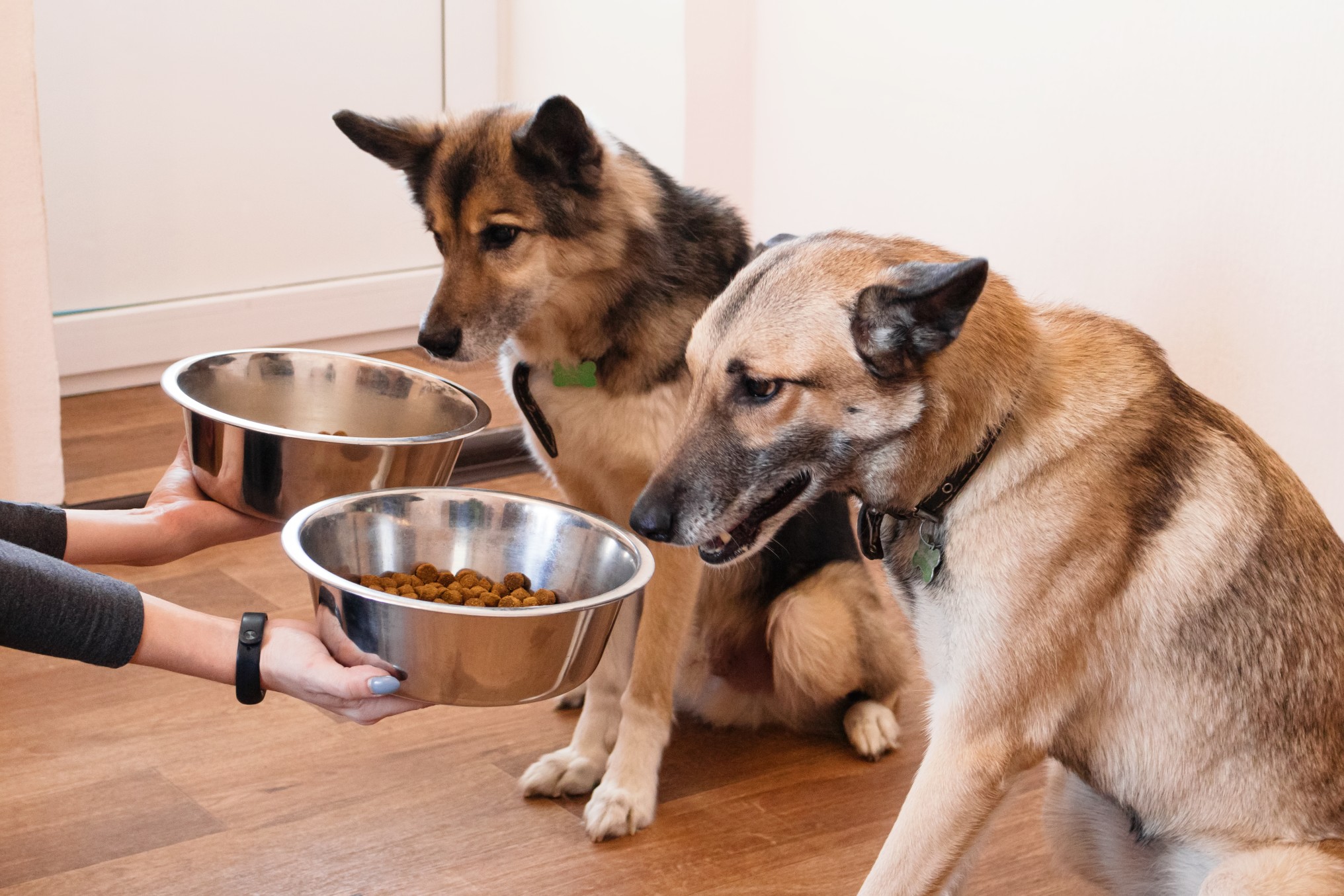The Hidden Dangers of Storing Pet Food in Plastic Bins
You go to the store and purchase pet food, bring it home, pour it into a plastic bin with a lid, toss the bag away and go about feeding your pet for the next few weeks or even months. This a dangerous practice for many reasons and most pet parents are completely unaware! Fortunately, we’ve taken an evidence-based approach to why we should avoid the use of bins or ways we can make their use safer.
What Exactly Does Rancid Mean?
When pet food comes into contact with oxygen, it undergoes oxidation which causes it to become rancid, losing its nutritional value in just three weeks. Even when stored in a bin, the food’s nutritional value still declines, potentially faster than if it had been left in its original packaging. Environmental factors like heat, humidity, and light affect the longevity of pet food. Hotter and more humid climates cause faster deterioration.
Sadly, one common practice among pet owners is buying high-quality and expensive dog food in packaging designed to preserve its freshness, only to then transfer it straight into a plastic container, which can be dangerous.
Why are bins one of the worst health hazards to our pets?
Pet food contains animal fats, vegetable fats, and marine oils that tend to settle on the bottom and sides of storage bins, becoming rancid over time. These oils can be difficult to clean out, which can contaminate new food even after washing. Using harsh cleaning products may help remove the oils, but this can accelerate the plastic’s degradation. As plastic breaks down, dangerous chemicals leach into the food. However, leaving the oils in contact with the plastic can also cause the plastic to degrade, which creates another issue.
Most plastic bins are made of polycarbonate plastics, which are commonly used in containers for food and drinks. However, many of these pet food bins come from China, and their contents may contain additional toxins. Polycarbonate plastics often contain BPA, a harmful chemical that can seep into pet food over time. This can make the food harmful and toxic for pets. Have you ever wondered why your pet may refuse to eat food towards the bottom of the bin? This could be due to the buildup of these harmful chemicals.
BPA Concerns
Bisphenol A (BPA) is a common component of most plastics. This chemical is an endocrine disruptor that can cause severe developmental, neurological, and reproductive health issues. BPA mimics estrogen, which binds to the same receptors as female hormones and can lead to serious health effects. While research on the health risks to humans is divided, all studies agree that even brief exposure to BPA can have long-lasting effects on animals.
Interestingly, BPA doesn’t need to remain in an animal’s body to have an impact. Pets can develop several health problems due to BPA exposure, such as breast and prostate cancer, diabetes, obesity, hyperactivity, and impaired immune function.
BPA-FREE Products Are Not Free of Danger
In fact, some plastic products are even more hazardous as they release synthetic estrogens that are more potent than BPA. Previously, it was believed that BPA and similar estrogen-mimicking chemicals only leached when plastics were exposed to heat from a microwave, dishwasher, or ultraviolet light. However, recent research found that these chemicals can be released even under normal storage conditions.
Plastic storage bins also increase the risk of storage mites, mold growth, and bacterial contamination. These often lead to food poisoning, vomiting, and/or diarrhea.

Keep the Original Packaging: Including UPC, Lot & Date Codes!
Store ALL dry pet food in their original bags. Many manufacturers spend an incredible amount of time and money on the technology of their bags. Many packages have zipping mechanisms to close and seal the food bags, keep oxygen out and maintain freshness. In addition, if
an illness or recall occurs, the original packaging and lot identifiers are necessary to trace the food or potential contaminants.
Proper Pet Food Storage
If you chose to use storage containers, always keep the food in the original packaging and then place it into the bin. This gives you immediate access to lot numbers and dates in case of a recall, or if your pet becomes ill. Between each bag, wash the bin with warm (not hot) water, and a high-quality dishwashing detergent and rinse well. Ensure the bin is completely dry before placing any pet food bags in the bin. We also have more pet food storage tips here.






